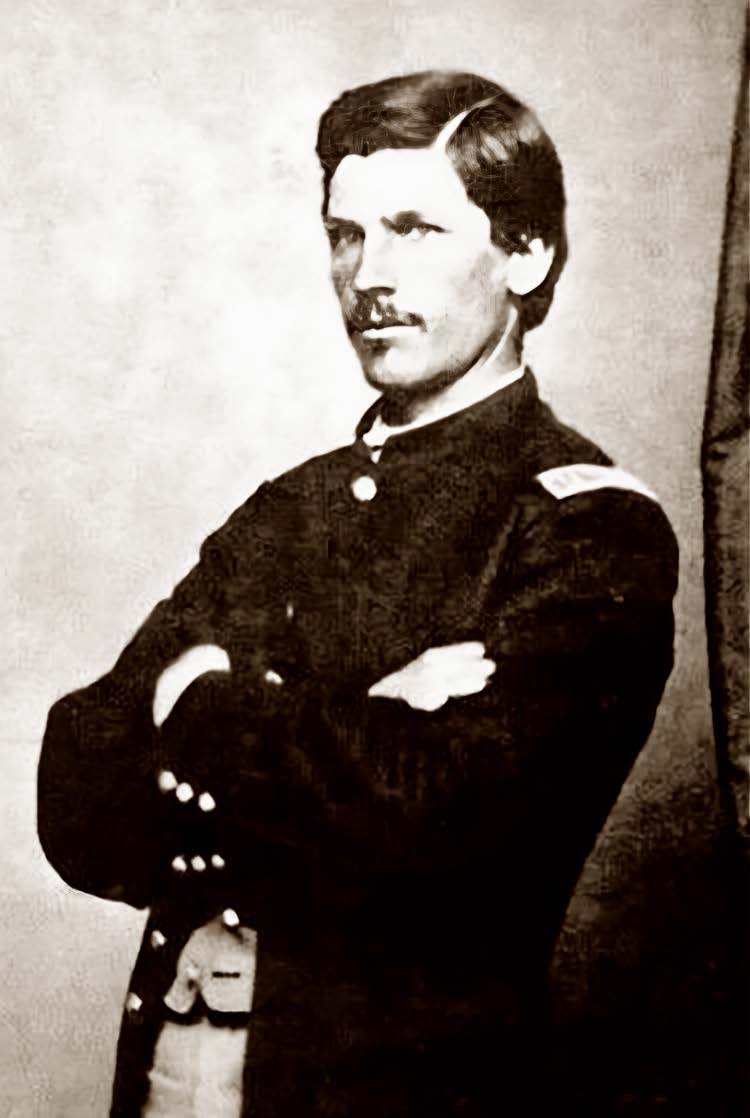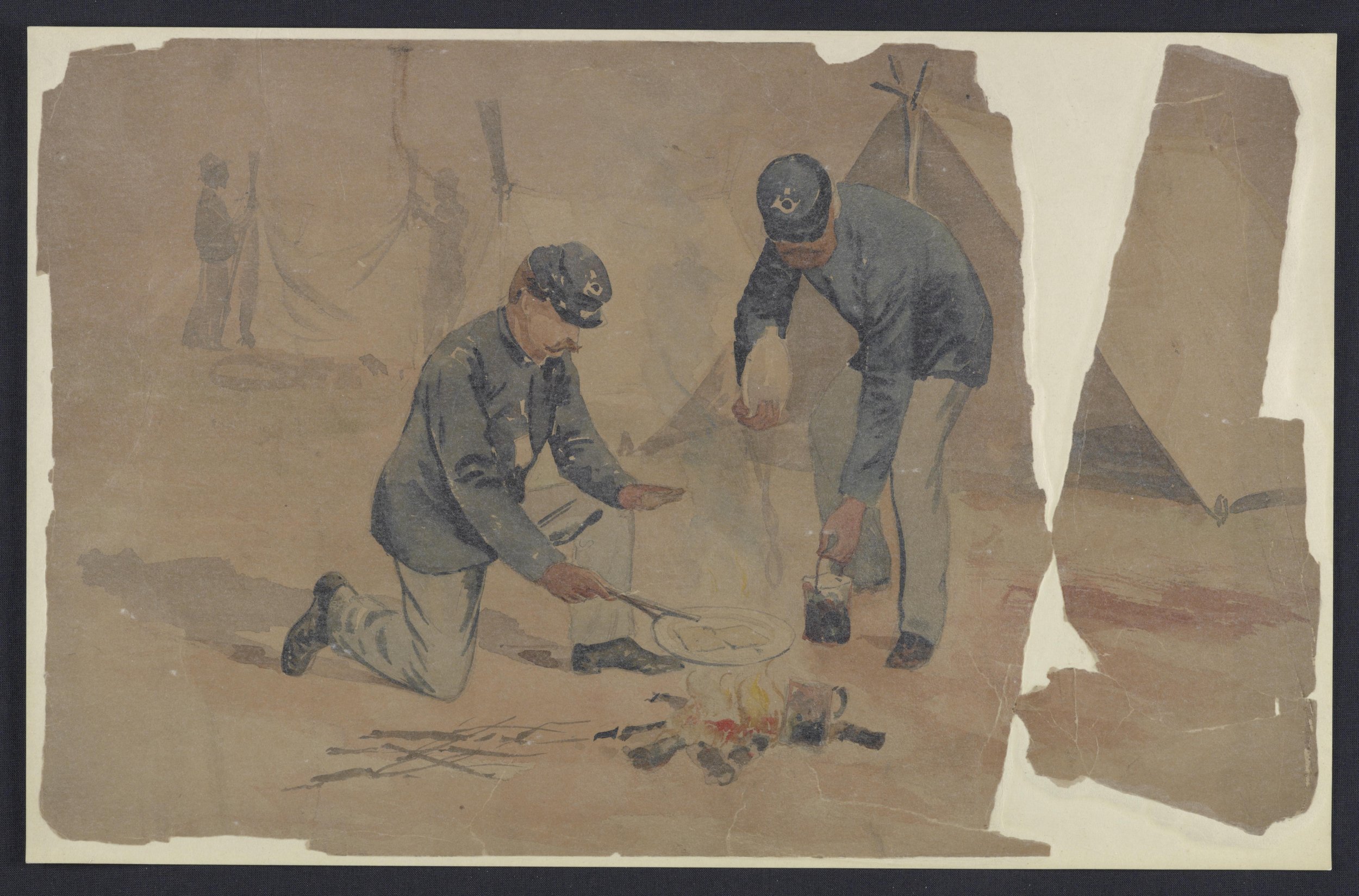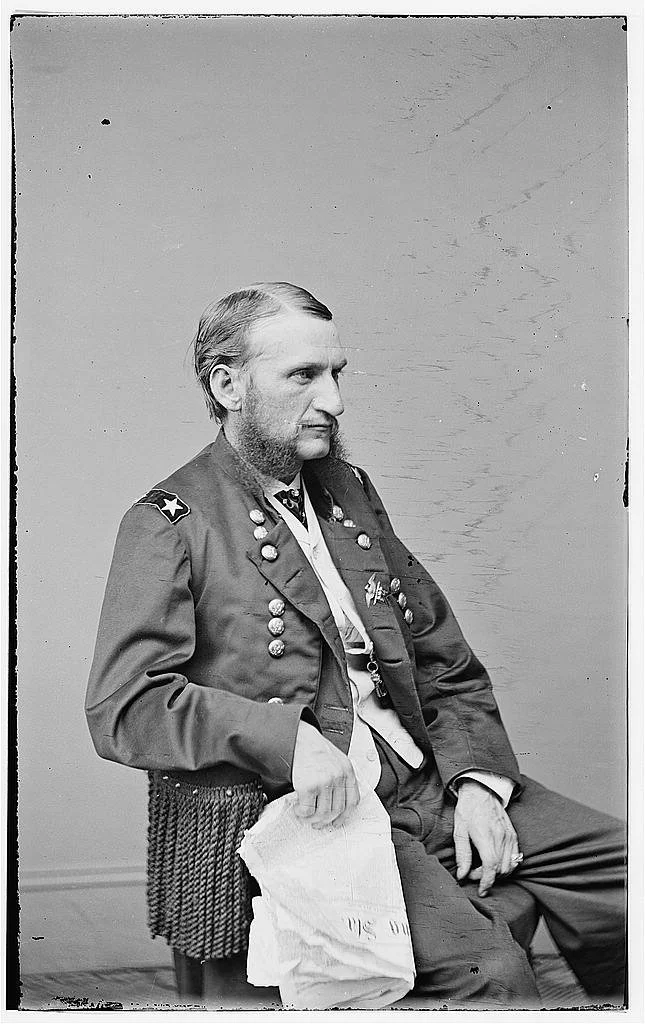
An Abolitionist at Bull Run
A courageous twenty-three-year-old from the Midwest, driven by the anti-slavery movement, stands tall with a musket at Bull Run.
By Richard Beecham (1902)

“Cut to Pieces”: William Howard Russell at the Battle of First Bull Run
William Howard Russell, a groundbreaking war correspondent, became well-known for his reporting on the Crimean War. In 1861, he arrived in the U.S. with the intention of covering the conflict and witnessed the retreat at Bull Run. His thorough report of the event ruffled some feathers in Washington.
By William Howard Russell (1861)

Going to the Front: Recollections of a Private
In his Recollections of a Private, Warren Lee Goss provides a unique perspective, taking us on a journey from the life of a law student to that of a private. His engaging and humorous account of the early days of 1861 is a testament to his storytelling prowess.
By Warren Lee Goss (1887/88)

An Awful Universe of Battle
Frank Haskell, an aide on the staff of General John Gibbon, was positioned on July 3, 1863 at perhaps the salient point on Cemetery Ridge at Gettysburg.
By Frank Haskell (1908)

“I Would Have not Missed this for Anything”
An account of the July 3 assault on Cemetery Ridge by a British observer who witnessed the aftermath of the battle.
By Arthur Fremantle (1863)

A Visit to Perryville
Located on the northern bank of the Susquehanna River, two hotels, two little stores, a shoemaker's shop and post office constituted the town of Perryville, Maryland. With the outbreak of the Civil War, the town turned into a major depot and mule school for the Federal army.
By The Cecil Whig (11/30/61 edition)

Life in Log Huts
From the mundane to the morose, John Billings’ day to day account of what life was like for the Civil War soldier is still a fascinating read.
By John D. Billing (1888)

“Now He Belongs to the Ages”
Edwin Stanton, the Secretary of War known for his acidic tongue and stoic disposition, had a moment of eloquence at the president’s passing.
By Jeffrey R. Biggs

Photographing the Civil War
With the thousands of photographs of scenes on land and water during the momentous years of 1861 to 1865, the Civil War is on a basis different from all others.
By Henry Wysham Lanier, The Photographic History of the Civil War (1911)

Civil War Ancestors: Brigadier General Judson Kilpatrick
Civil War Ancestors: Judson Kilpatrick
By Jeffrey R. Biggs

“This is no Place for a Civilian”: The Adventures of “GATH” During the Civil War
“This is no Place for a Civilian”: The Adventures of “GATH” During the Civil War
By Jeffrey R. Biggs

“I don’t care for John Pope one pinch of owl dung!”
Demanding quick transport of his division to the front, General Samuel D. Sturgis unleashed a choice phrase of words on the new army commander.
By Jeffrey R. Biggs